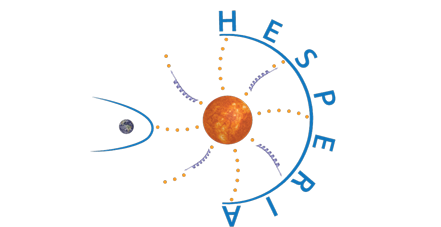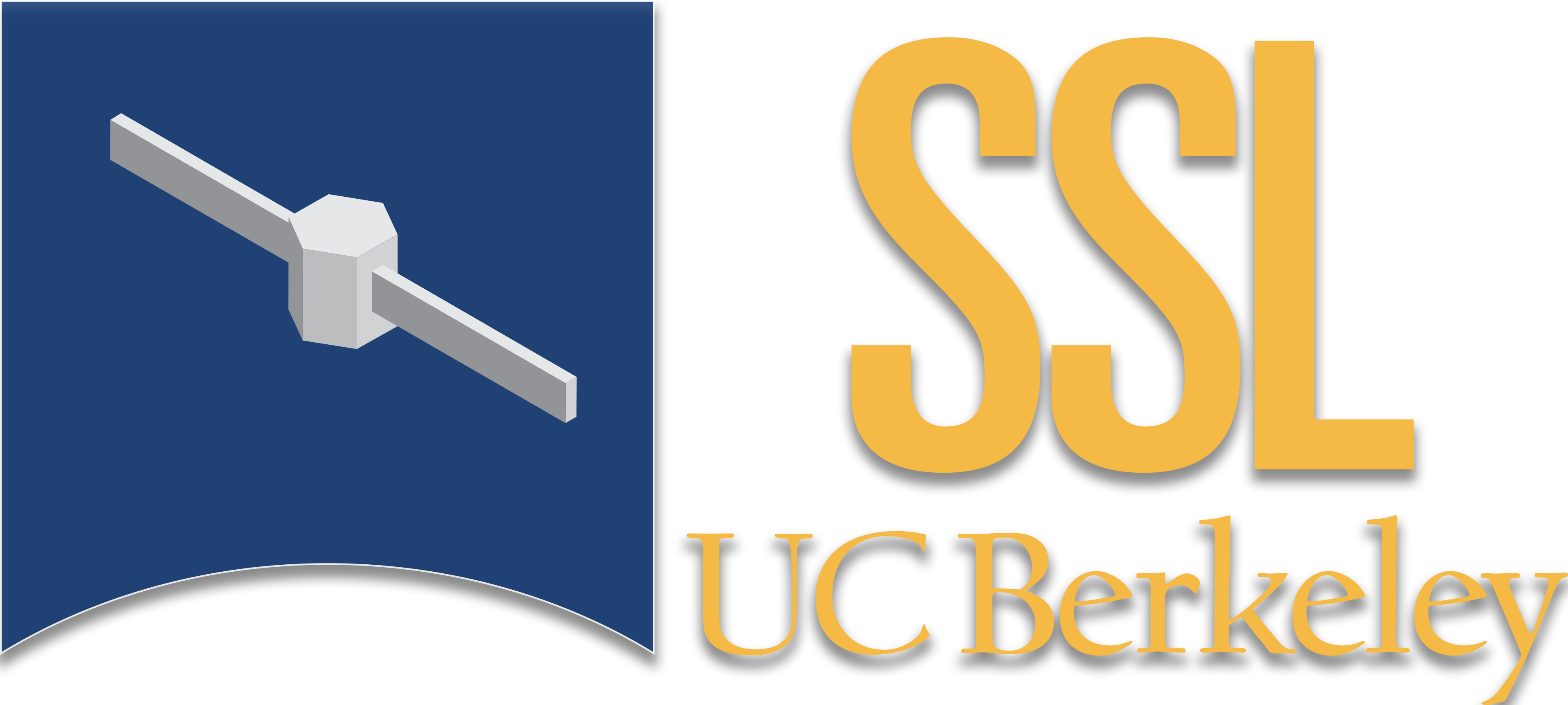ISEP
A Joint SRAG/CCMC Collaboration to Improve Space Weather Prediction for Crew Protection during Near-Term Lunar Surface and Cis-Lunar Missions.
As human spaceflight goals extend from Low-Earth Orbit (LEO) missions like the International Space Station to the moon, Mars and beyond, the Space Radiation Analysis Group (SRAG) at Johnson Space Center needs to update their approach for mitigation of crew radiation exposure due to large Solar Particle Events (SPEs). Some concerns for exo-LEO missions include the lack of protection offered by the Earth' s geomagnetic field as well as limited communication capability between the crew and the ground. Although vehicle shielding is an important aspect of radiation exposure protection, NASA requires monitoring and prediction of the space weather environment in case of a need for the crew to take corrective action (i.e., seek shelter); to this end, SRAG maintains a console position in Mission Control with 24/7 mission support capability. SRAG' s concept of operations for exo-LEO missions will transition from nowcasting to an emphasis on improving forecasting capabilities which will provide the Flight Control Team with more information when responding to a space weather event.
The Integrated Solar Energetic Proton Event Alert/Warning System (ISEP) represents a collaboration between SRAG and the Community Coordinated Modeling Center (CCMC) at Goddard Space Flight Center to bring state-of-the-art space weather models from research and development at universities and small businesses to operational use at NASA (R2O). These models will have a user interface in the form of the SEP Scoreboard that will allow the SRAG console operator to view and compare the results from several different models simultaneously; this approach also encourages the console operator to understand the background and associated caveats of each model in order to formulate the best crew response to changes in the space weather environment. The ISEP team is incorporating an R2O approach to improve space radiation exposure mitigation capabilities in the exo-LEO mission era.
SEP Scoreboard
The SEP scoreboard captures SEP onset, duration, peak flux, probability, all-clear, and overall profile. More details are available on SEP scoreboard webpage.
Models

Hesperia Release
High Energy Solar Particle Events foRecastIng and Analysis Relativistic Electron Alert System for Exploration.

UMASEP-10 & 100
University of Malaga Solar energetic proton Event Predictor.

HESPERIA UMASEP-500
University of Malaga Solar energetic proton Event Predictor.

SEPSTER
SEP predictions inspired by STEReo.

STAT
SPE Threat Assessment Tool (CORHEL+EPREM)

MAG4
Magnetogram Forecast

SEPMOD
SEP MODel
Simulations
STAT simulation reports:
- 2000-07-14; README; GOES comparisons for selected streams: 146, 153, 154, 155, 161, 162. [tarball download]
- 2000-07-14 (higher resolution grid)
- 2017-07-14; README; GOES comparisons for selected streams: 293, 294, 301, 302, 309, 310. [tarball download]
- 2017-09-10; README; GOES (East) comparisons for selected streams: 274, 275, 281, 282, 290. [tarball download]
STAT Publication Policy: Predictive Science should be contacted prior to the use of this data in any publication.
Meetings
- June 27- 28, 2019 - Working Meeting: Applying ML/AI technology to forecasting of Solar Proton Events
- October 2018 - ISEP project kick-off meeting